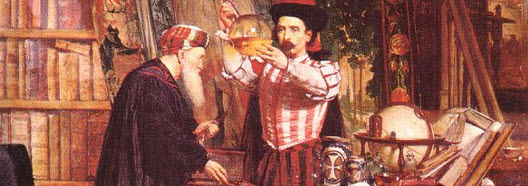Charles Darwin, Evolution, and Natural Selection
Powerpoint Lecture
The theory of evolution was not solely the result of Charles Darwin's work. This lecture begins by exploring the research of scientists like Cuvier, Hutton, Lyell, and Lamarck, as the pieces of evidence for natural selection began to fall into place. Finally, Charles Darwin embarks on his famous voyage on the H.M.S. Beagle, making discoveries that would lead to the eventual publishing of his book, On the Origin of Species. Each of Darwin's key observations, inferences, and conclusions used to construct this theory are explained. Examples of natural selection are given, ranging from pond guppies to the AIDS virus. Finally, students will learn about the specific pieces of evidence used to support the theory: fossils, embryology, molecular homologies, and homologous structures.
Essential concepts: Evolution, natural selection, behavioral adaptation, evolution, artificial selection, creationism, fossils, stratum, paleontology, speciation, extinction, catastrophism, gradualism, acquired trait, lamarck, darwin, beagle, galapagos islands, origin of species, descent with modification, homologous structures, comparative embryology, vestigial organs, convergent evolution, analogous structures, biogeography, pangaea, transitional forms, geographic separation, sexual selection, prezygotic, postzygotic.
Test questions: Available at the biology instructor resources subscription page.
